Tips to Help You Brush Better
Tips to Help You Brush Better
Do you think about the way you are brushing your teeth every day or is it more of an automatic procedure? It is a well-known recommendation to brush twice a day, but your technique also matters. Here are some simple tips to make your brushing more effective.
 1. Review your technique
1. Review your techniqueGenerally, most plaque accumulates along the gumline and between the teeth. When brushing the goal is to feel the bristles along the gumline. Aim to angle your toothbrush at about 45 degrees, so the bristles sweep along the gums and then slowly move in a back and forth motion around the mouth. Slightly open your mouth, and only focus on a couple teeth at a time while you count 1, 2, 3, and then move the toothbrush to the next couple teeth.
 2. When brushing your back teeth, slightly close your mouth.
2. When brushing your back teeth, slightly close your mouth.Although this may sound counterintuitive, when you open wide you will contract the muscle in your cheek that sits along your back teeth. If you close slightly and relax the muscle, you allow the toothbrush the space needed to reach those back teeth without getting stopped by your cheek muscle.
 3. Slow down when brushing
3. Slow down when brushingWe often brush way too fast. It is recommended to brush your teeth for two minutes, so if you are not sure how much time you are spending on brushing—time yourself! Again, focus on a couple teeth at a time for a few seconds before moving onto the next teeth. Studies show there is a difference in how clean your teeth become after one and two minutes of brushing. It is simply worth spending that extra minute!
 4. Create a sequence for brushing to not miss any surfaces.
4. Create a sequence for brushing to not miss any surfaces. It is important to brush all surfaces of your teeth. Having a sequential method will help ensure nothing is missed. Depending on your dominant hand, you are probably going to start your brushing on the opposite side of your mouth. For example, right-handed people will start brushing on the left side of their mouth on the cheek side of the tooth. We tend to be very aware of our brushing technique in the beginning and then go on autopilot as we continue to brush. So, why not start in areas that are more difficult to brush and then leave the easier-to-reach areas for last, when we have most likely switched to autopilot brushing? For example, start brushing those hard to reach inside surfaces of your teeth, continue with the outside and finish by brushing the chewing surfaces.
Watch this video for tips on where to start brushing
Shop By Category
 Between Teeth Cleaning
|
 Toothbrushes
|
 Specialty Brushes
|
 Specialized Dental Care
|


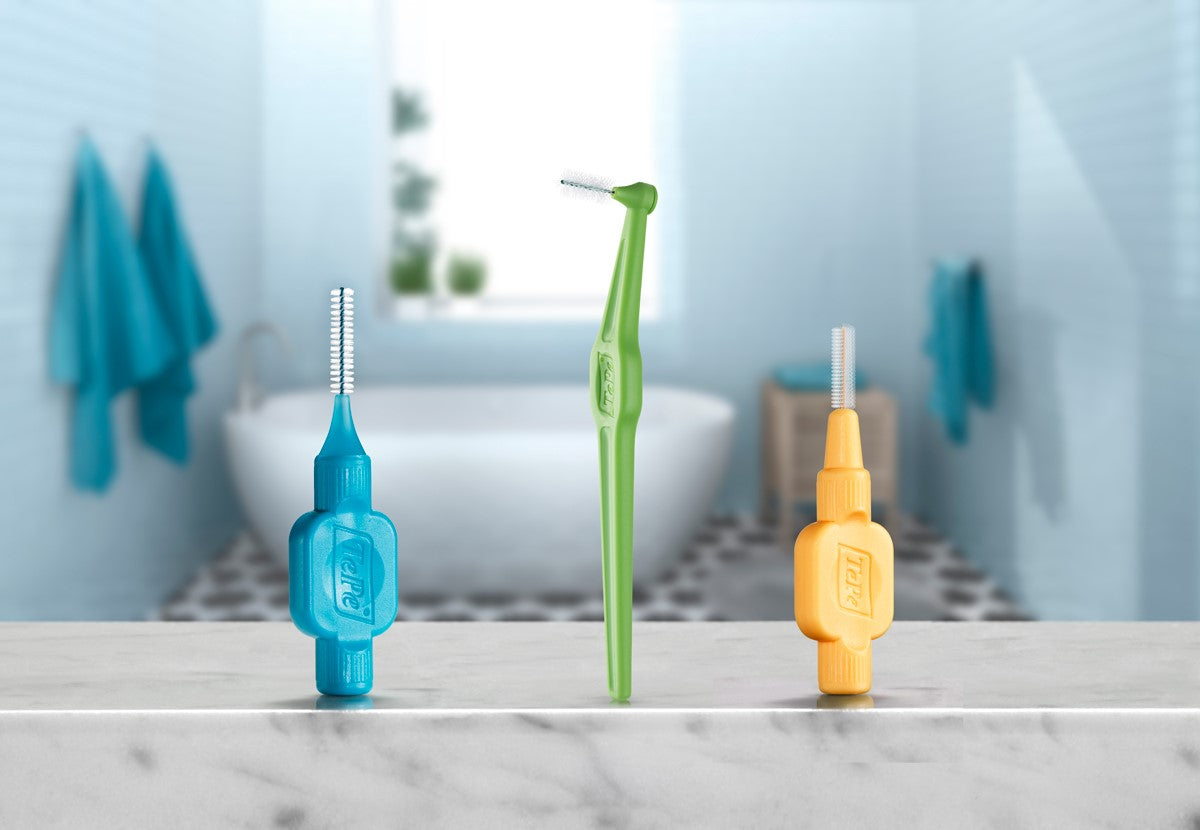
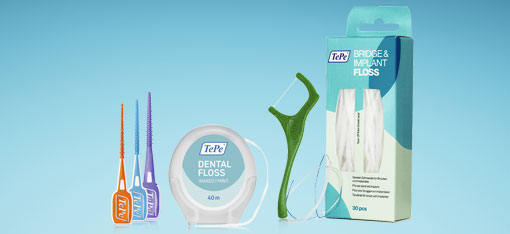
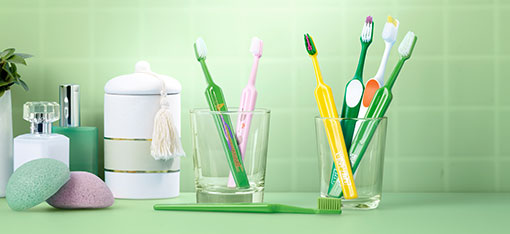
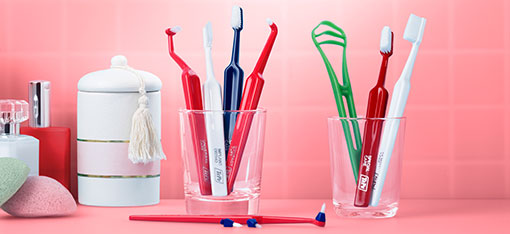
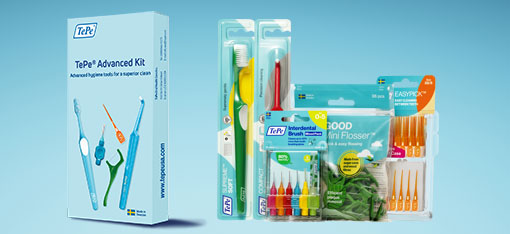

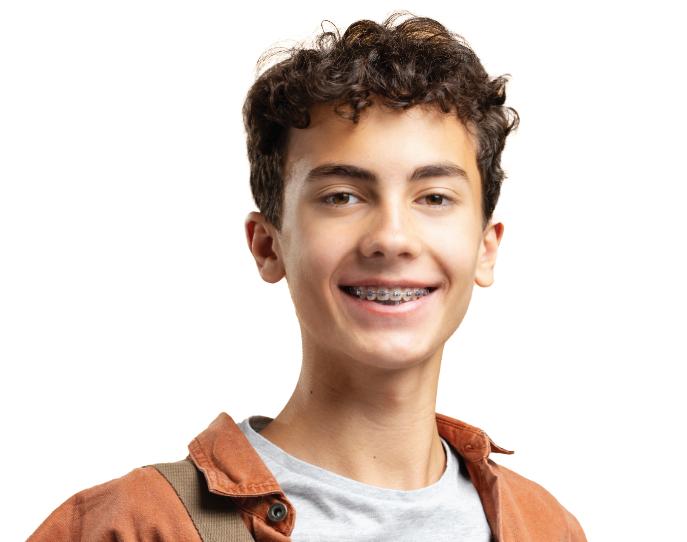



Leave a comment